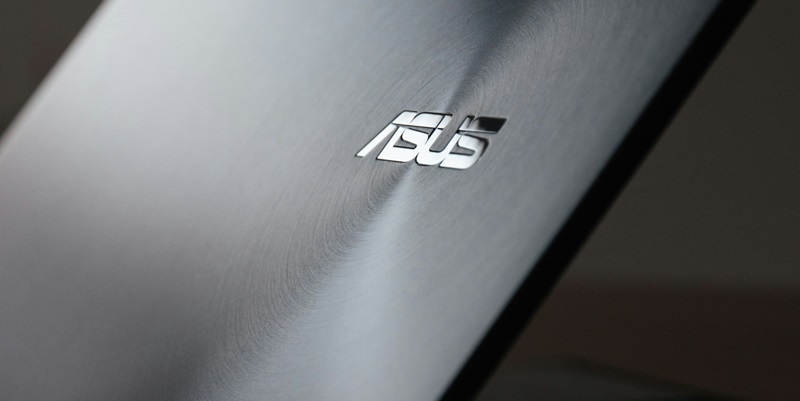ASUS has upped the ante in eSports display technology with the introduction of the ROG STRIX XG259QNS monitor. This powerful display is designed to give competitive gamers an edge with its ultra-responsive performance. The key specs of the XG259QNS are tailored for professional gaming, promising to make a significant impact in the eSports arena. Gamers know that split-second timing can turn the tide of competition, and ASUS’s latest offering aims to optimize those crucial moments. With its high refresh rates and low latency, the XG259QNS could very well become a favored choice among those in the high-stakes world of competitive gaming. Its entrance to the market begs the question — will this ASUS monitor redefine the expectations for eSports equipment? The gaming community is eager to see how the ROG STRIX XG259QNS will perform under the intense conditions of tournament play and whether it will indeed be the ultimate tool that eSports athletes can rely on.
Pushing the Limits of Speed
At the heart of the ASUS ROG STRIX XG259QNS lies an impeccable 24.5-inch Fast IPS panel. This technological marvel is capable of a groundbreaking 380 Hz refresh rate, shattering expectations and setting a new standard for gaming monitors. Such blistering speed ensures that the action unfolds with near-real-time response, giving players the very edge they need to react instantaneously. Additionally, pairing a 0.3 ms response time with this refresh rate means that ghosting and motion blur become issues of the past, providing the smoothest and most precise visual performance during the most frantic of gaming moments.
This unparalleled performance is further complemented by a full HD 1080p resolution, a strategic choice that balances the need for speed with optimal graphic clarity. While some may argue that a higher resolution would offer a better visual experience, the XG259QNS taps into the serious gamer’s primary need for speed — a mindful sacrifice for the sake of a competitive edge.
Cutting-edge Gaming Features
The ASUS ROG STRIX XG259QNS isn’t just about speed; it’s equipped with features to enhance your gaming. AMD FreeSync Premium technology is key, wiping out screen tearing for smooth gameplay. ASUS’s ELMB SYNC technology further sharpens the visuals, reducing ghosting by syncing the backlight with the GPU’s output for clear, crisp images during intense action.
This monitor also boasts a versatile array of ports, including DisplayPort 1.4 and HDMI 2.0, offering compatibility with various devices. The ergonomic stand is a game-changer, too. It allows for adjustments in height, tilt, and swivel, promoting comfort and taking into account the health considerations of gamers who play for extended hours. Such ergonomic design is a testament to ASUS’s commitment to players’ well-being and top-tier performance, making the ROG STRIX XG259QNS a standout in the world of competitive gaming.
The Verdict on the Ultimate Gaming Display
All things considered, the ASUS ROG STRIX XG259QNS makes a compelling case for being the ultimate eSports monitor. It’s built from the ground up with the needs of professional gamers in mind, balancing remarkable speed with a slew of gamer-centric features. While its FHD resolution might invite debate, this decision seems deeply aligned with its core audience, who value performance over pixel count. Though without an announced price point or specific release date, its potential impact on the eSports scene hangs in the balance.
If ASUS manages to hit the sweet spot regarding affordability, the ROG STRIX XG259QNS could very well become the go-to choice for discerning eSports competitors globally, setting it up to be not just a technological marvel but a new icon in the world of competitive gaming monitors.

